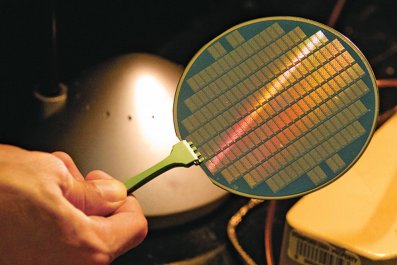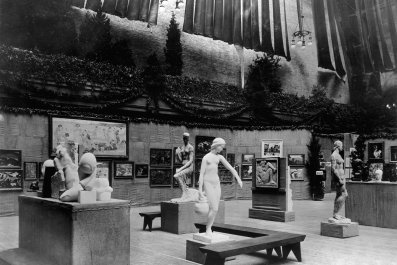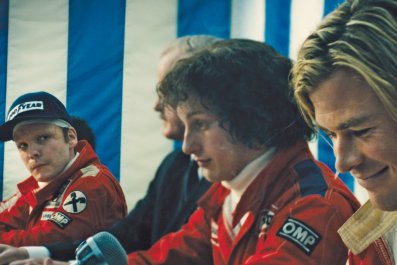Research has shown that animals have a built-in sense of the world's geometry. They understand distance and direction sufficiently well to navigate, and they grasp enough about angle and length to recognize shapes. But humans (even those of us who didn't do so well in our high-school encounters with Euclid) have a much more developed ability to translate the abstractions of geometry into an understanding of our surroundings. The most obvious example is map reading. What researchers at Harvard's Laboratory for Developmental Studies want to know is how much geometry is hardwired into our brains, as it is with animals, and how much is learned through experience. Enter the toddlers. The Harvard researchers built triangular structures, drew a little map with a dot on it, and asked young children to put a stuffed animal where the dot was. The kids did just that. The researchers concluded the geometric intuition in humans, unlike that in animals, allows us to understand basic spatial relations symbolically from a very early age. Precisely how this ability develops into appreciation of the Euclidean principles central to art, architecture, and music is unclear, but it seems our innate sense of abstract geometry is part of what makes us human.
Geometric Intuition Likely Comes Hardwired in Humans
























